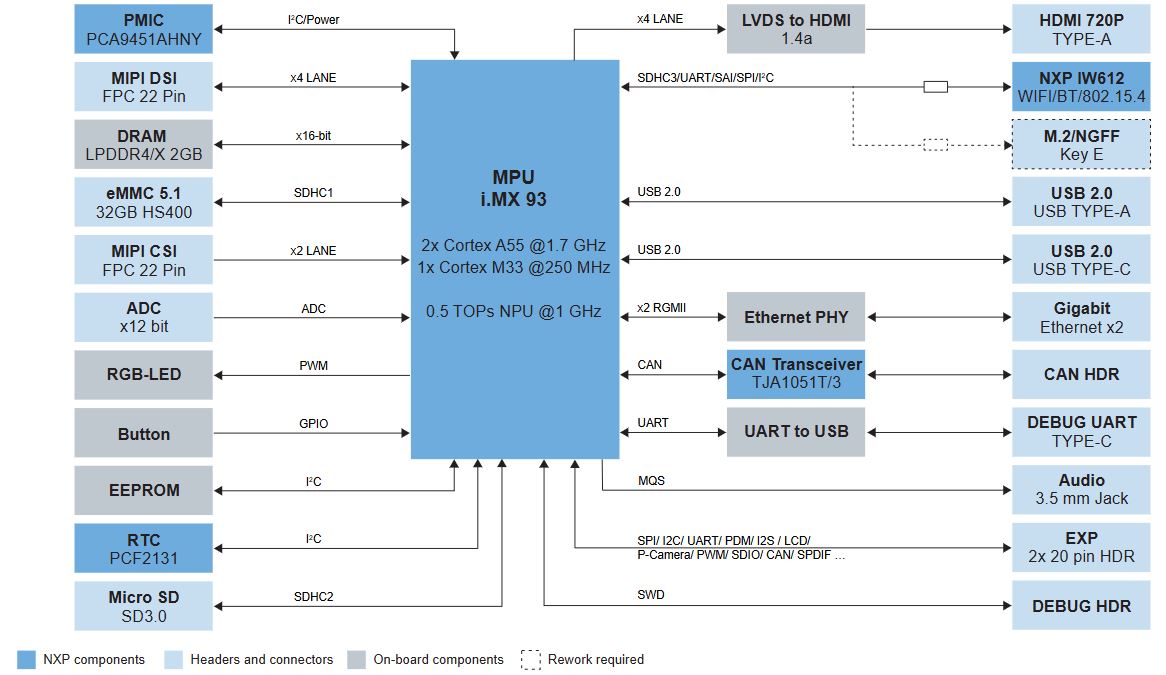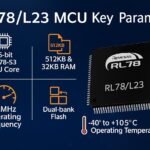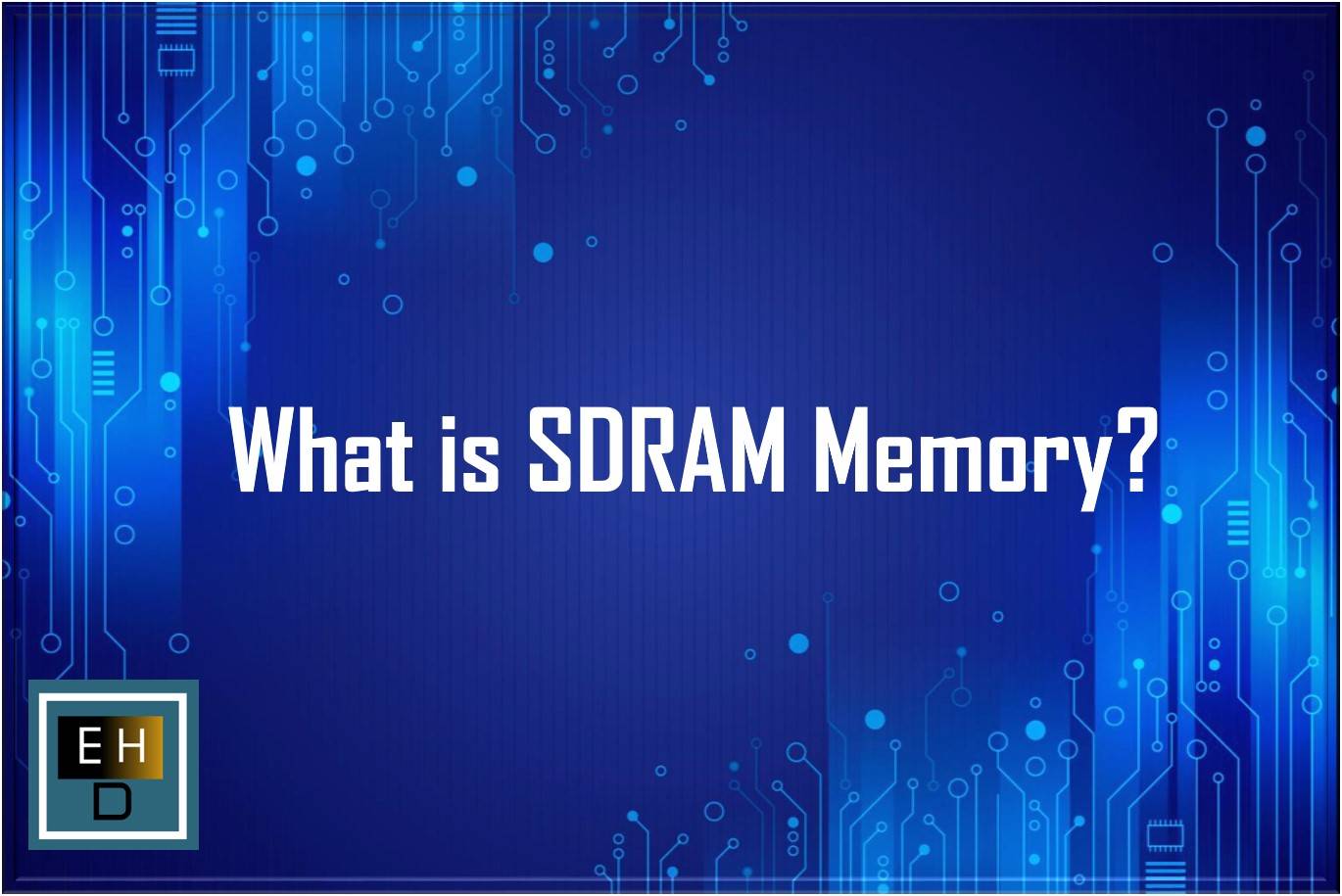The FRDM i.MX 93 is a cutting-edge development board from NXP Semiconductors, designed for next-generation embedded applications. It integrates high-performance computing, AI acceleration, real-time processing, and advanced wireless connectivity in a compact and cost-effective package.

This board is particularly well-suited for:
– Industrial IoT (IIoT) systems
– Edge AI and machine learning applications
– Smart home and building automation
– Robotics and motor control
– Medical and automotive embedded systems
In this detailed exploration, we will:
1. Break down every major component of the FRDM i.MX 93
2. Explain how each subsystem works in real-world applications
3. Provide concrete examples of how developers can leverage its features
4. Compare it with alternative solutions where applicable
1. Processor Architecture: The Brains of the Board
Dual-Core Arm Cortex-A55 @ 1.7GHz
– Function: Handles Linux-based applications (e.g., GUI, networking, cloud connectivity).
– Key Features:
– 64-bit processing for modern OS support (Linux, Android).
– Out-of-order execution for better performance in multitasking.
– Supports virtualization for secure containerized workloads.
– Example Use Case: Running a Python-based web server for an IoT dashboard.
Cortex-M33 @ 250MHz (Real-Time Core)
– Function Dedicated to real-time, low-latency tasks (FreeRTOS, Zephyr).
– Key Features:
– Arm TrustZone® for secure firmware execution.
– Deterministic response for motor control, sensor polling.
– Example Use Case: A robotic arm controller where timing precision is critical.
Arm Ethos™ U-65 Micro-NPU (Neural Processing Unit)
– Function: Accelerates machine learning inference (TensorFlow Lite, PyTorch).
– Key Features
– 2 TOPS (Tera Operations Per Second) performance.
– Optimized for INT8/INT16 quantized models.
– Example Use Case Real-time object detection using a MIPI CSI-2 camera.
EdgeLock® Secure Enclave
– Function: Provides hardware-based security for:
– Secure boot
– Cryptographic operations (AES, SHA, RSA)
– Tamper detection
– Example Use Case: A medical device storing encrypted patient data.
2. Memory & Storage Subsystem
2GB LPDDR4X RAM
Function: High-speed memory for OS and application execution.
– Why LPDDR4X?
– Lower power than standard DDR4.
– Higher bandwidth than LPDDR4 (up to 4266 Mbps).
– Example Use Case: Buffering high-resolution video frames for AI processing.
32GB eMMC 5.1 Storage
– Function: Stores the OS, applications, and data.
– Advantages over SD Cards:
– Faster boot times (~20% quicker than SD).
– More reliable for industrial use.
– Example Use Case: A digital signage system that boots instantly.
MicroSD Slot (Expandable Storage)
– Function: Secondary storage for logs, media, or firmware updates.
– Example Use Case: A dashcam storing video recordings.
EEPROM (I²C-Based)
Function: Stores configuration data (e.g., calibration settings).
– Example Use Case: A ensor node retaining calibration values after power loss.
3. Wireless Connectivity: Tri-Radio IW612 Module
Wi-Fi 6 (802.11ax)
Key Features
– OFDMA & MU-MIMO for efficient multi-device communication.
– Target Wake Time (TWT) for IoT power savings.
– Example Use Case: A 4K video streaming surveillance system.
Bluetooth 5.4 (Dual-Mode: Classic + BLE)
– Key Features:
– LE Audio (LC3 codec support).
– Mesh networking for large-scale deployments.
– Example Use Case: A smart lighting system** with voice control.
802.15.4 (Thread/Zigbee Support)
– Key Features:
– Low-power, mesh networking.
– Matter protocol compatibility.
– Example Use Case: A smart home hub unifying Zigbee/Thread devices.
4. Display & Camera Interfaces
MIPI DSI (4-Lane, 22-Pin FPC)
Function: Connects high-resolution LCD panels (up to 1080p).
– Example Use Case: A portable medical display for ultrasound imaging.
LVDS to HDMI (via Onboard Converter)
Function: Outputs to standard HDMI monitors**.
– Example Use Case: A kiosk system with HDMI touchscreen.
MIPI CSI-2 (2-Lane, 22-Pin FPC)
– Function: Interfaces with cameras for computer vision.
– Example Use Case: A barcode scanner using a Raspberry Pi camera.
5. Industrial & Expansion Interfaces
Dual GbE RJ45 Ports
– Function: Wired Ethernet for industrial protocols (EtherCAT, PROFINET).
– Example Use Case: A PLC controller in a factory.
CAN FD (Flexible Data-Rate)
– Function: Automotive & industrial communication.
– Example Use Case: A vehicle telematics system.
USB 2.0 Type-C & Type-A
– Function:
– Type-C: Debugging, power delivery, USB OTG.
– Type-A: Host mode for peripherals (keyboard, storage).
Expansion Headers (I²C, ADC, GPIO)
– Function: Connects sensors, actuators, and custom PCBs.
– Example Use Case: A **weather station with I²C sensors.
6. Debugging & Development Support
SWD (Serial Wire Debug) Connector
– Function: Low-level **ARM Cortex debugging** (using J-Link, ST-Link).
UART over USB-C
-Function: Serial console for Linux kernel debugging.
OS Support (Linux, FreeRTOS, Zephyr)
– Why Linux? For networking, GUI, and cloud apps.
– Why FreeRTOS? For real-time control tasks.
Developers working on robotics, smart factories, or medical devices will find it indispensable.
Author Profile
- 20+ years embedded hardware design professional with a burning passion for teaching. Sharing the intricate world of embedded hardware is my mission and joy.
Latest entries
 Tech Updates30 November 2025STM32WBA6: The Next-Generation MCU Powering Secure Short-Range Wireless Designs
Tech Updates30 November 2025STM32WBA6: The Next-Generation MCU Powering Secure Short-Range Wireless Designs Blogs24 November 2025High-Speed PCB Layout Design Guide-104
Blogs24 November 2025High-Speed PCB Layout Design Guide-104 Tech Updates14 September 2025Renesas Launches RL78/L23 Ultra-Low-Power MCUs to Power Smarter Home Appliances
Tech Updates14 September 2025Renesas Launches RL78/L23 Ultra-Low-Power MCUs to Power Smarter Home Appliances Blogs7 September 2025High-Speed PCB Layout Design Guide-103
Blogs7 September 2025High-Speed PCB Layout Design Guide-103











